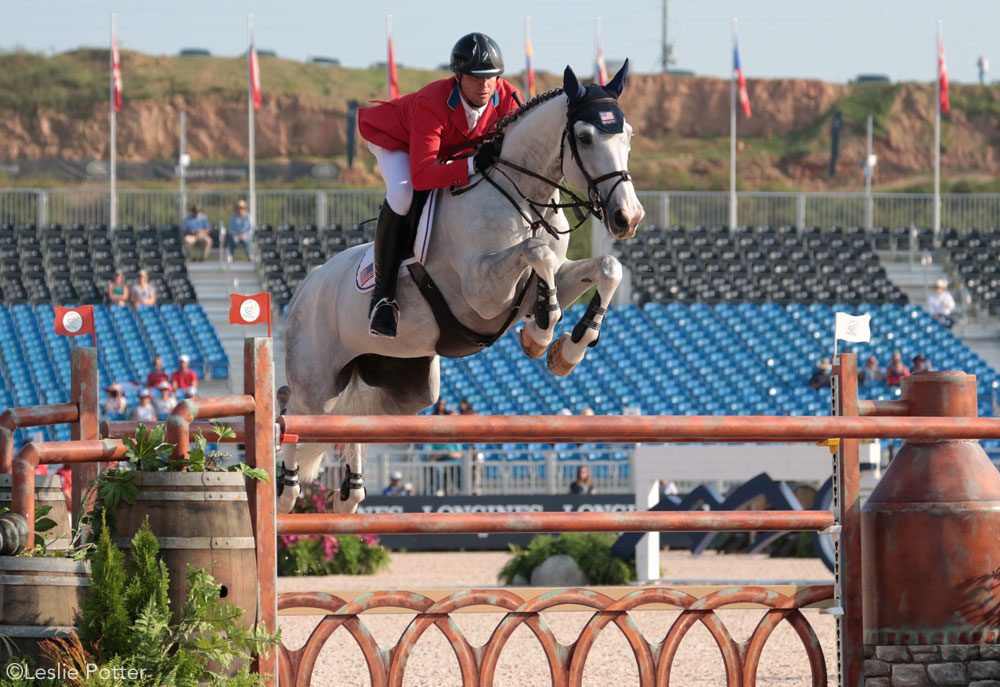Dutch Warmblood
Dutch Warmblood History
After World War II, Dutch farms were becoming mechanized and horses were no longer needed to work the land, but two lighter farm horses, the Gelderlander and the Groningen were used to help establish a new breed. Equestrian sports were on the rise, and the Dutch developed a sporthorse of their own called the Dutch Warmblood (KWPN).


The Groningen had the impressively strong hindquarters needed for jumping and collection. The Gelderlander had a beautiful action highly desired for the basic movement for all sports. Thoroughbred blood was later added to give the horse speed and stamina.


Dutch Warmblood Characteristics:
There are three types of Dutch Warmbloods: Riding (dressage and jumping horses), harness (carriage horses) and Gelders (traditional Dutch horses used for harness and under saddle). Elegant, strong and possessing beautiful movement, the Dutch Warmblood stands 16 to 17 hand and is found in all solid colors.
For more information:
- KWPN North America, www.kwpn-na.org
Recent Posts
All Three Equestrian Sports Receive Final Confirmation for the LA 2028 Olympic Games
After a nail-biting two years of speculation about the inclusion of equestrian sports in the next Olympic Games, it was…
ASPCA Right Horse Adoptable Horse of the Week: Xanthus
Welcome to Horse Illustrated’s weekly installment of the Right Horse Adoptable Horse of the Week, offered in partnership with the…
Be Your Horse’s Joint Health Champion
Equine arthritis can affect horses of all disciplines and ages, and early intervention is crucial for maintaining comfort and performance.…
Tamie Smith: Taking It To The Next Level
Mother, grandmother, and winning 5* eventing rider—these three titles don’t typically go together. However, Tamie Smith, 49, is all of…
Organize & Customize Your Horse Trailer Storage
Organize and customizer your new horse trailer by adding a few simple storage items. I’ve been on the search for…
Breed Portrait: Gypsy Vanner
Learn about the Gypsy Vanner, a versatile and gentle small draft horse breed for equestrians of all types. After World…